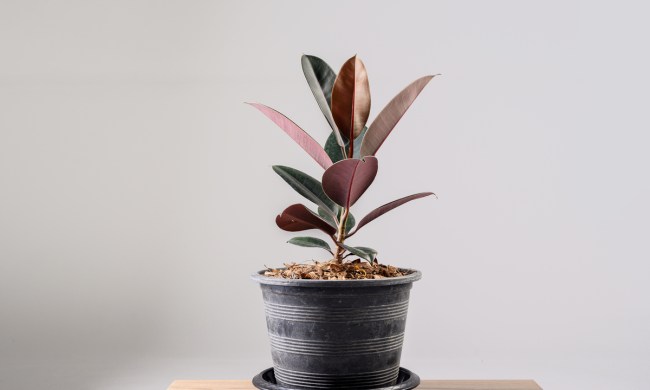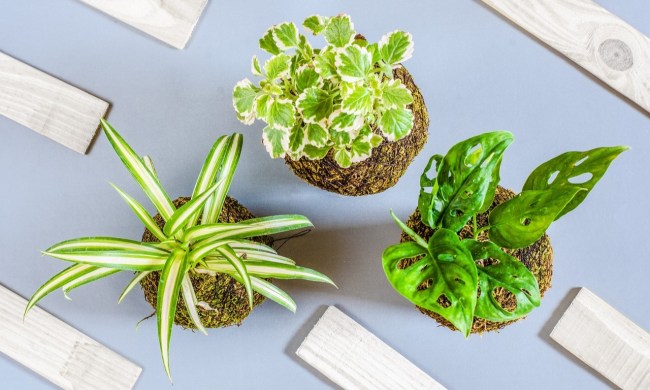July 3 is National Stay Out of the Sun Day. This time of year, summer is in full swing, and everyone is spending as much time outside as they can. As gardeners, this is especially true. Gardens begin to flourish, tomatoes start to ripen, and we spend more and more time gathering the bounty of fresh fruits and vegetables. While soaking in the sun is a healthy source of vitamin D, too much can be damaging and even deadly. Stay Out of the Sun Day encourages everyone to care for their skin by wearing sunscreen, UV-protective clothing, or staying under an umbrella.
- Columbia Men’s Tamiami Ii Long Sleeve Shirt
- Columbia Sportswear Women’s Silver Ridge Plaid Long Sleeve Shirt
- Columbia Women’s PFG Bonehead W II Long Sleeve Shirt
- BALEAF Women’s Long Sleeve Shirts UPF 50+ Sun Protection
- BALEAF Men’s Cargo Shorts Quick Dry
- Carhartt Women’s Rugged Flex Original Work Short
- Comhats Foldable Packable Summer Beach Ponytail Sun Bucket Hats
We’ve found some fantastic options to wear on days out in the garden to protect your skin from harmful UV rays.
Columbia Men’s Tamiami Ii Long Sleeve Shirt
This love-sleeved shirt by Columbia is 100% polyester and has a UPF 40 to protect your skin from the sun. While long sleeves might seem miserable during those sweltering summer days, this shirt is lightweight and moisture-wicking to keep you cooler than a tank top. It has a mesh lining and ventilated back panels to optimize airflow and breathability. There are also 34 color options, which make it easy to find the perfect color for you.
Columbia Sportswear Women’s Silver Ridge Plaid Long Sleeve Shirt
With 14 colors to choose from, this woman’s long-sleeved plaid shirt by Columbia will protect your skin from harmful rays while also keeping you cool. The fabric is 62% polyester and 38% nylon. The sleeves can be rolled up to allow for more effortless movement, and it has a UPF rating of 30. The Omni-wich advanced evaporation will keep you cool even on hot days. Reviewers say these shirts have an excellent shape and the colors are even better in person, but they do run a little small so keep that in mind when ordering.
Columbia Women’s PFG Bonehead W II Long Sleeve Shirt
An option for women similar to the men’s, this bright yellow Columbia shirt has ventilation back panels, Omni-wicking technology, and sleeves that can be rolled up and buttoned to stay up. Reviews say this is the perfect shirt for camping and dry heat activities. Although the 100% cotton fabric needs ironing to lay flat, reviewers found it comfortable.
BALEAF Women’s Long Sleeve Shirts UPF 50+ Sun Protection
If you’re looking for an option that looks less like a button-up and more like a casual T-shirt, this might be the choice for you. This woman’s long-sleeved shirt has a UPF rating of 50 plus and boasts of excellent moisture-wicking capabilities to keep you cool even during long hikes in the summer. The flat-seam construction offers a full range of motion and reduces the risk of chafing. You can even layer this shirt with warmer jackets or coats for additional warmth without worrying about becoming sticky or too hot. It has 20 colors to choose from, and reviewers say it’s perfect when traveling.
BALEAF Men’s Cargo Shorts Quick Dry
Arms are not the only things that need protection. These men’s cargo shorts are quick-dry and lightweight while still protecting your thighs from UV rays. They are ideal for hiking, camping, and traveling. They are made with 88% nylon and 12% spandex, so they have great stretch and mobility. There are two zipper pockets and two thigh pockets to hold keys, wallet, and phone on walks. The side elastic waistband provides wearers with an ideal fit every time, and the fabric has a UPF rating of 50. Reviewers say they are fantastic warm-weather hiking shorts, and they not only look good but also fit nicely, too.
Carhartt Women’s Rugged Flex Original Work Short
Carhartt is known for its quality clothing for outdoor activities, and these rugged shorts for women are no exception. Whether you’re out in the garden or on a hiking adventure, these shorts will keep you cool while keeping off the sun. They are made with 98% polyester and 2% spandex, so they have a nice stretch without losing their shape. They are machine washable and come in two color options. Reviewers say these are the ideal material for outdoor activities, and they love the style.
Comhats Foldable Packable Summer Beach Ponytail Sun Bucket Hats
While hats used to be worn daily back in the ’40s, Americans rarely wear hats now unless to an event. This hat by Comhats is ideal for gardening and keeping the sun off your neck, face, and ears. These parts of the body are often forgotten about when outside, and they can get sunburnt quickly. These are some of the most common places for skin cancer to appear. With six options to choose from, you can arm yourself with a comfortable hat to protect these vulnerable areas. The wired brim allows you to adjust it to your specific needs, and the fabric is a comfortable 54% linen and 46% cotton blend. Reviewers found the hat to be adorably floppy, but it can be a bit wrinkly so keep that in mind.
Whether you choose one or all of these items, be sure to give your skin the tender love and care it deserves all year-round. Wear sunscreen, avoid the harshest times of day, and wear protective clothing like the options listed here. No need to avoid the garden; just suit up!




